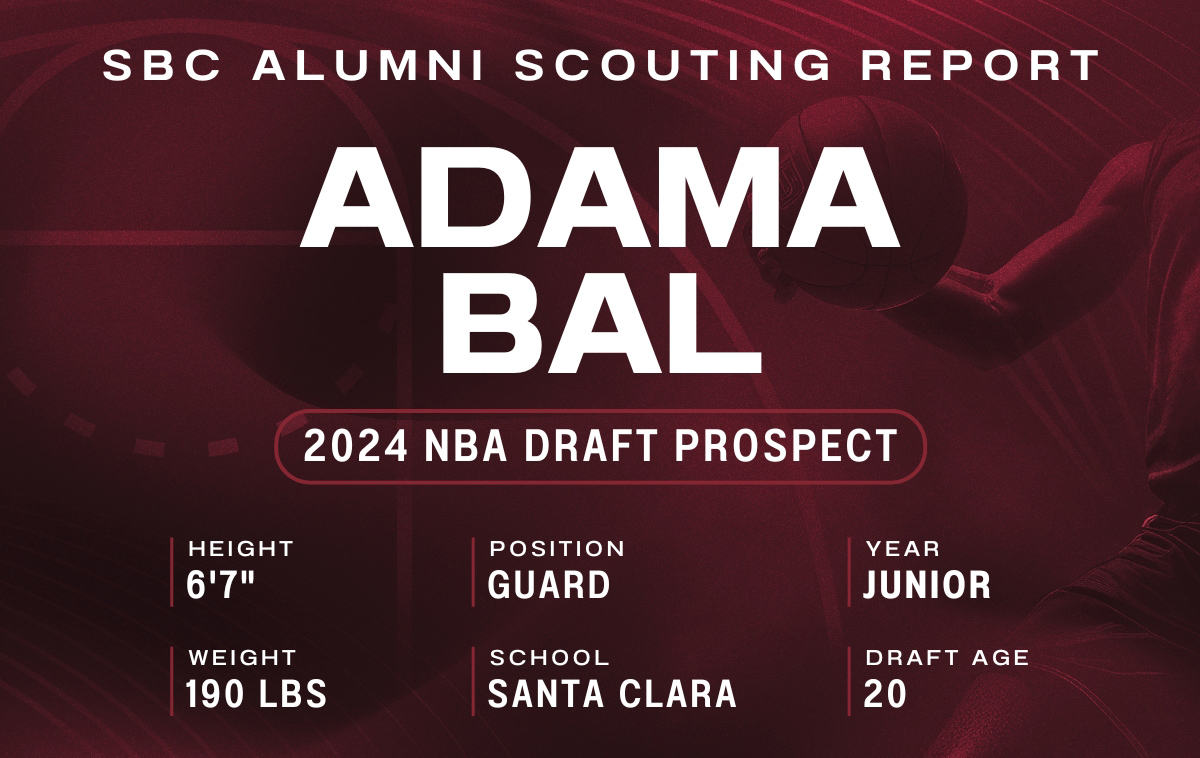
[The following scouting report is part of a series on potential 2024 draft prospects from Sports Business Classroom alumni.]
Adama Bal
Frame: 6’7″, 190 lbs
Position: Guard
Team: Santa Clara Broncos
2024 Draft Age: 20
Stats via kenpom.com, barttorvik.com, and sports-reference.com
Offense
Bal spent most of his first two college seasons at Arizona in a minimal role, playing just 4.5 minutes per game as a freshman and 8.2 minutes per game as a sophomore. He transferred to Santa Clara of the West Coast Conference (WCC) for 2023-24, where he started 30 games for the Broncos, playing 31.2 minutes per game with a 24 percent usage rate (14th highest in the WCC). Bal led his team in field-goal and free-throw attempts, points, assists, and turnovers.
His metrics paint him as an average all-around scorer whose playmaking boosted Bal’s overall efficiency. He finished the season averaging 3.1 assists per game (18.5 percent assist rate). He improved this number to a 20.2 percent assist rate against top-50 teams (seven games). He looked to create for his teammates and did so successfully regardless of the scenario (halfcourt, transition, late clock).
Bal’s height and length as a guard allowed him to see over defenders and deliver passes accurately. While he effectively made plays for others, he also turned it over 2.3 times per game (a slightly below-average turnover rate as a guard—18.3 percent for the season and 23.1 percent against top-50 teams). Seemingly, he became a more volatile playmaker in transition, with a higher assist rate but more turnover-prone on the break.
As a scorer, he proved capable all over the floor but wasn’t overwhelmingly impressive in any one area (outside of transition opportunities). Bal attempted almost five three-pointers per game and converted them at an average of 35 percent for NCAA D-1 players. He struggled with his jump shot in the halfcourt (perhaps against set defenses keying in on him), shooting 29 percent on such attempts.
Bal shot at least 38 percent or higher on three-point attempts in all other areas (transition, late clock, inbounds, and second-chance kickouts). He was lethal on the break, shooting 50 percent from deep in transition. Moreover, Bal’s ability to accurately knock down the long ball off the catch and the bounce made him even more dangerous from deep.
Inside the arc, Bal is also an average two-point scorer, with most of his success in transition. He was an aggressive driver, playing for an uptempo team, looking to get to the rim on the break (if he wasn’t creating for a teammate). He converted an elite 84 percent of his rim finishes in transition–his most efficient offense. Outside of these transition drives, his two-point attempts were less than efficient. He finished just 43 percent of his half-court layups and dunks. Moreover, he settled for midrange pull-ups just as often as he got to the rim in the halfcourt. As for most players, these midrange shots were his least efficient, at 39 percent overall.
His frequent time spent with the ball led to an above-average rate of fouls drawn. He took over four free throws a game and converted an excellent 82 percent at the charity stripe.
One area Bal could have added even more to his offensive game was crashing the boards. Santa Clara was a very effective offensive rebounding unit as a team (top-50 in NCAA); however, this didn’t come from Bal’s help. He averaged just 0.4 offensive rebounds per game this past season. While this may not have been his role for this team, more could be expected from a 6’7″ guard with his length.
Defense
Bal’s length (6’11” wingspan) may be his most attractive defensive attribute as a guard. It allows him to potentially frustrate guards, especially smaller ones (blocking passing lanes, contesting shots, etc.). However, his lateral quickness to defend guards isn’t spectacular.
His numbers don’t stand out defensively, with below-average block and steal rates. Moreover, he was also a subpar defensive rebounder, especially considering his height and length. He averaged 2.8 defensive rebounds per game, translating to just a 9.8 defensive-rebound percentage. It’s worth noting that while he didn’t create many blocks, steals, or find rebounds, he also didn’t foul much. Perhaps he was a slightly passive defender—saving his effort/energy for the other side of the ball?
Looking Ahead
The French-born 20-year-old guard has several impressive qualities: he can score the ball from all over the court, is a strong playmaker for himself and others, and has great length. With one true year of college ball under his belt, where he played a significant role, Bal has plenty of room to grow.
As part of the U16 and U20 French National Teams, he’s faced quality competition outside of the NCAA, and signs point to even more untapped potential for Bal at the next level. He’s a versatile and creative guard of great size, seemingly worthy of a second-round pick in this year’s draft.


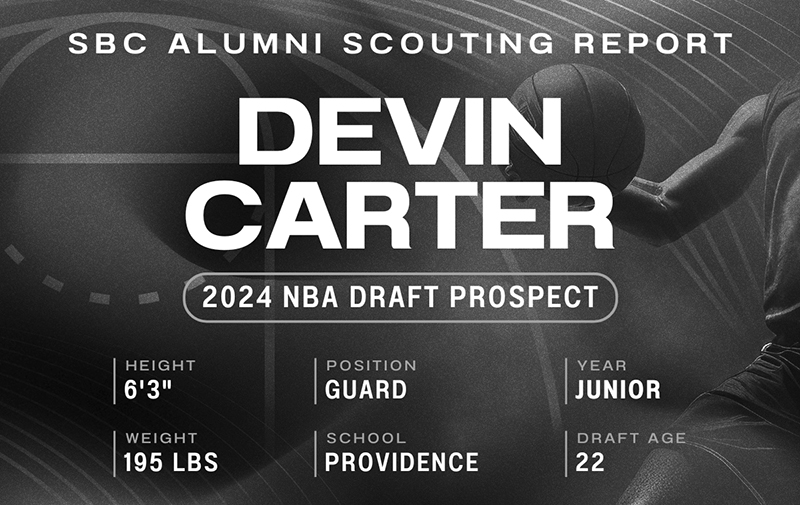
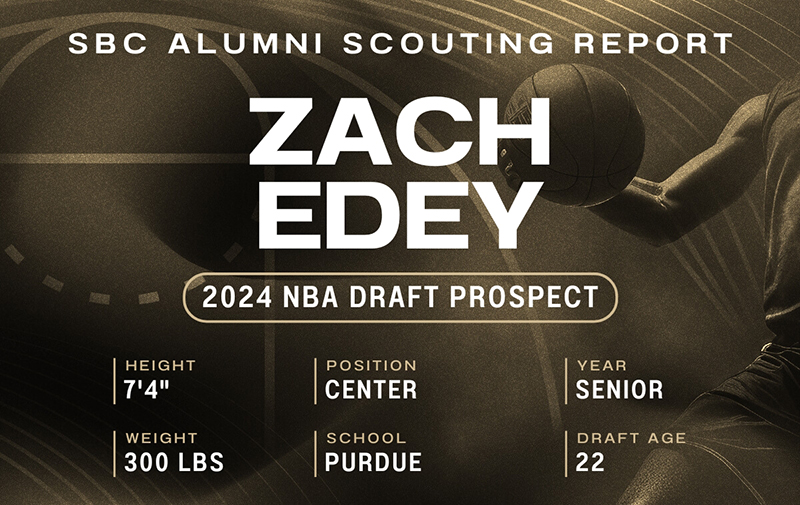
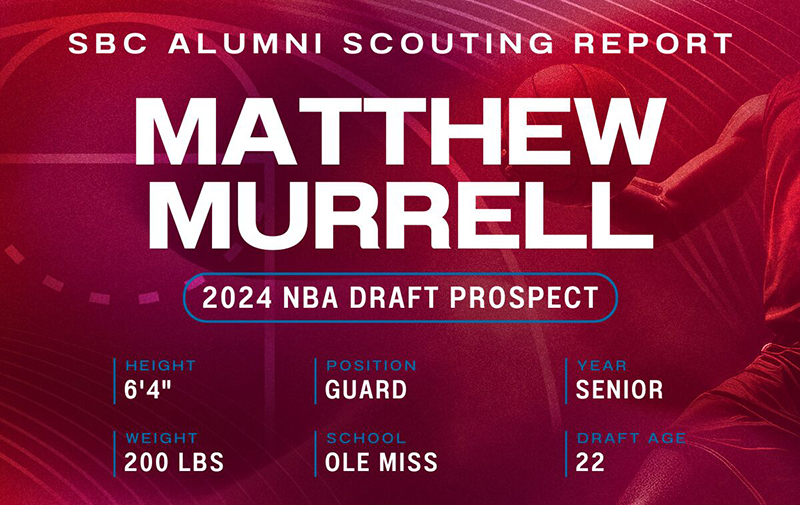
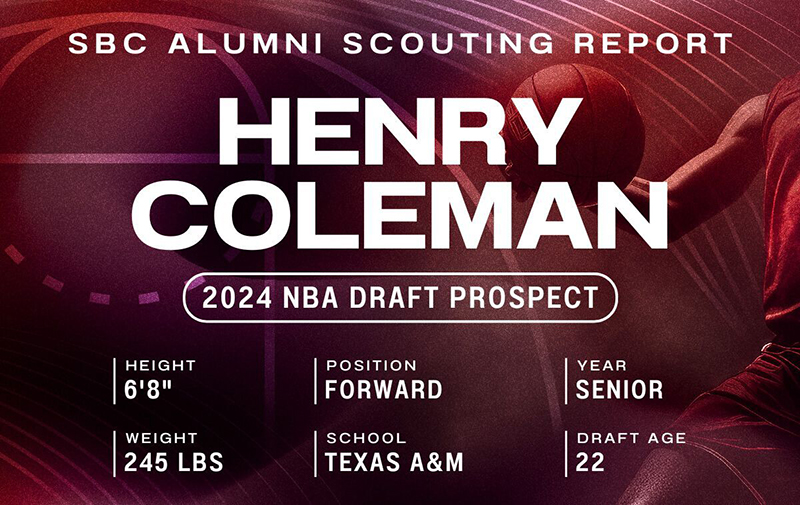
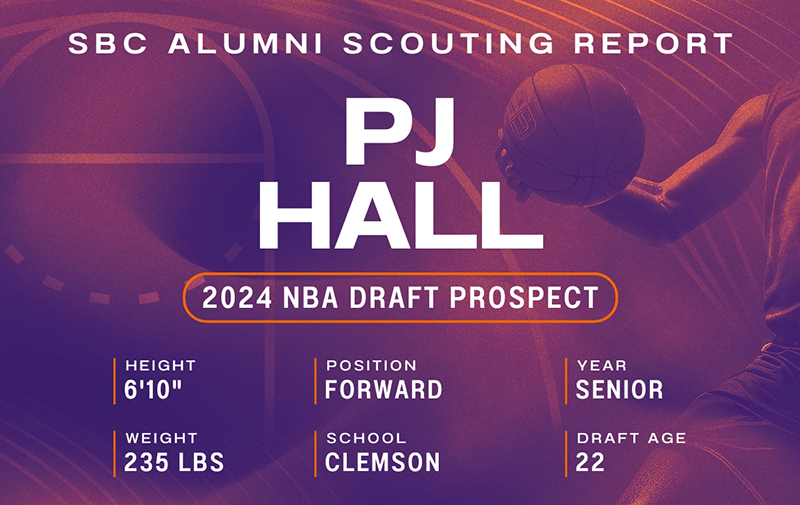
Leave A Comment